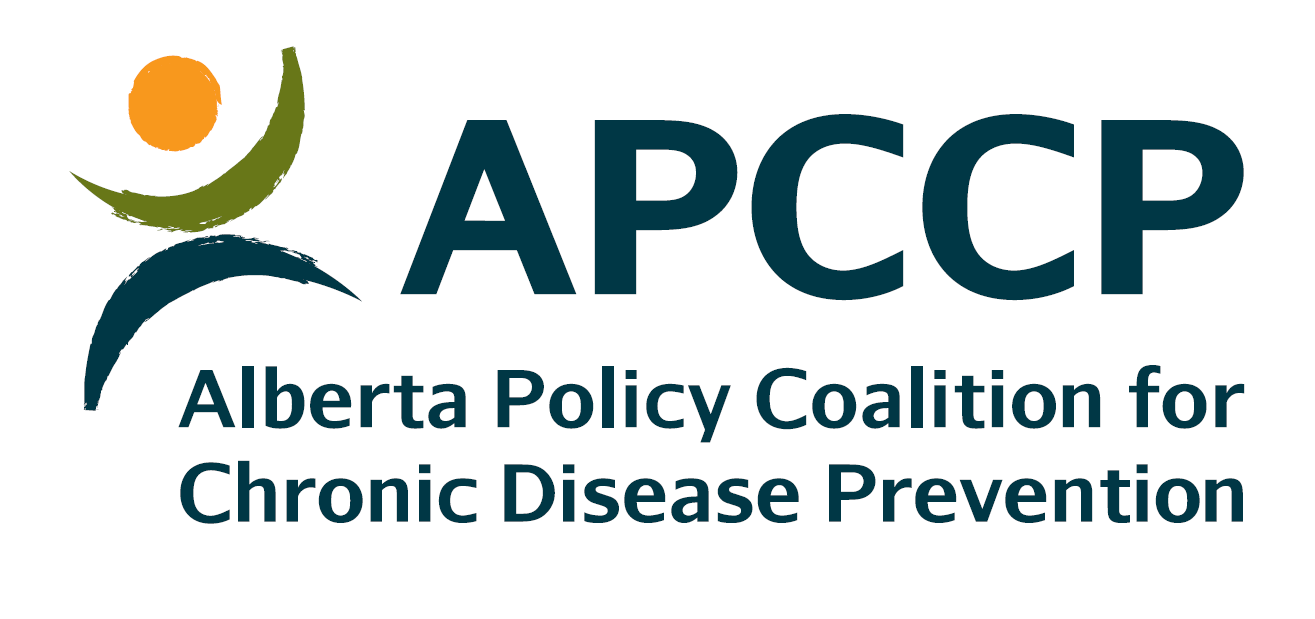Learning Objective 3:
Things to consider before you collect data
- Decide if actual names of settings (e.g. school names) will be entered, or is there a preference for keeping names anonymous (e.g. School A, B…). If the decision is to go the anonymous route, then each stakeholder entering data needs to note what acronym was used so there is a way to track whose data is whose.
- Consider using the process of collecting data as a reason to reach out to your community and build awareness about the project and the importance of healthy eating environments.
And I generally felt that it was better to be more inclusive and go as broad as possible [when recruiting community members for the project] because I felt that we don’t—I’m not concerned if they don’t come. I want them to know about the project, and it was a way of creating awareness on the project… if I’d invited 100 people, I wasn’t expecting 100 people to show up. So, I was just using it as an excuse to promote the project, and I promoted it to people I didn’t think would actually come. So, I used a broader dissemination strategy, broader than probably—I think most people you would talk to would say, ‘oh no, don’t invite them,’ you know, ‘because they’re not coming.’ But… what my experience has shown me is that, you know, we’re using these as a way to promote and market the project, not just to find the worker bees.
- Tips for building community relationships while collecting data:
- If you don’t have representatives or volunteers from each setting of interest, consider reaching out to them! Taking an inclusive approach and informing representatives about the project can increase buy in and reduce resistance for change.
To be part of developing the Community Nutrition Report Card is, I think, really important. Because I think if someone had come in and collected and analyzed our school’s data… I think I would have been a little more—resentful is not the right word—but it’s like, you know, being told what to do by someone external to our school. It’s like, ‘Oh okay, yes. One more thing you expect us to do at schools.’
-
- Consider gaining consent for data collection from setting representative stakeholders. Although you might not need consent (i.e. if settings/information are publicly accessible), it could increase their understanding and support for the project. Building relationships at the start makes it easier to make food environment changes later on. When considering the needs of various settings, think about your community context and if for example certain settings wish to remain anonymous versus including names (e.g. school name). Working these details out initially will enable your community to share the Community Nutrition Report Card widely and publicly.
There are very few restaurants in that community. So, just wanting them to understand how the data would be used, so that they didn’t feel that there’d be comparisons among different establishments, or that the data would be used in a way that could be perceived sort of negatively on them.
-
- Ask setting representatives if they would like to be involved in data collection. You might even work together to ensure that you capture everything! Working with setting representatives to collect data could help gain information about food-related policies, which might not be publicly accessible.
- Tips to help increase community engagement in the process:
- Draw on your community group’s pre-existing connections! Do you have access to email listservs that include stakeholders interested in healthy eating environments? Use it to recruit volunteers and update the community on your progress.
- Calling or visiting the settings you are collecting information from in person to build connections with relevant representatives.
- Offer stakeholders different ways to participate in data collection. Do they have data you can draw information from (e.g. copies of menus or pdf documents of food-related policies)? Can setting representatives follow up to ensure accuracy in data collection?
- Being flexible in your timelines, creating manageable workloads by enlisting as many stakeholders to data collection as are available, and working towards a deadline can all keep momentum going to complete the task.
I think the challenge I saw with the process was, because it was over a period of time, by the time it came to analyzing the data, some of it was already outdated. You know, for example, current situations that were in schools when the data had been collected, then through government changes, funding changes, grant changes, it wasn’t necessarily reflective of what was currently happening, which was a challenge.



